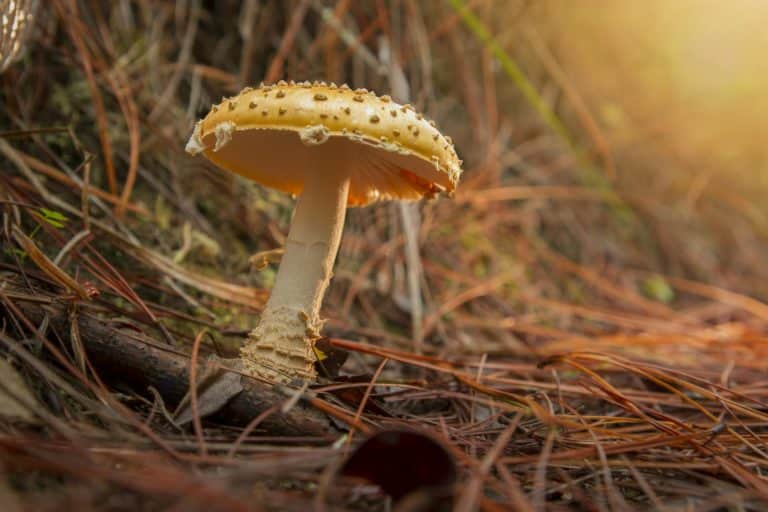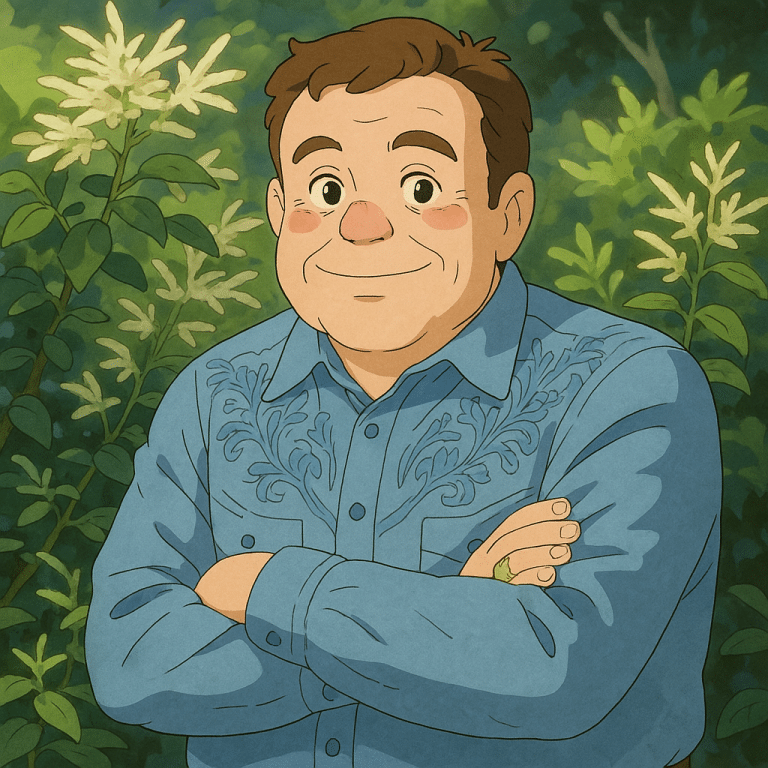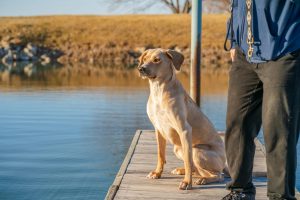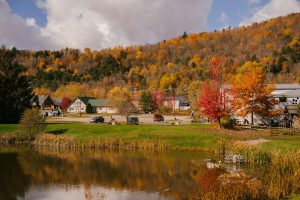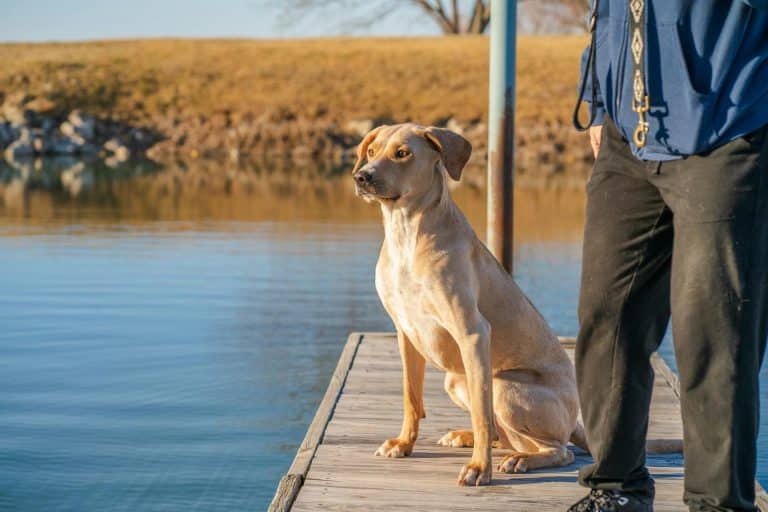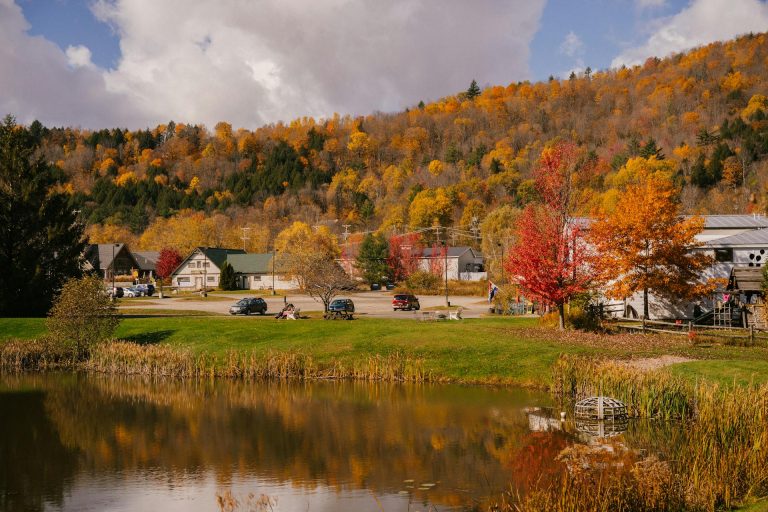Mushroom spores are tiny, seed-like cells that mushrooms release to reproduce. Though invisible to the naked eye, they carry all the genetic material needed to grow a new fungus.
Collecting mushroom spores can be a fascinating way to learn about fungi. It’s useful for educational purposes, scientific study, and understanding the diversity of mushroom species. Observing spores under a microscope or making spore prints can reveal patterns and structures that are both beautiful and scientifically interesting.
This guide focuses on legal and safe ways to collect mushroom spores, ensuring you can explore the world of fungi without breaking any laws or putting yourself at risk.
What Are Mushroom Spores?
Mushroom spores are microscopic reproductive cells, similar to seeds in plants. They are the way mushrooms reproduce and spread, allowing new fungi to grow in suitable environments. When a spore lands on a nutrient-rich surface, it can germinate and eventually form a new mushroom.
It’s important to understand the difference between spores and mature mushrooms. While mature mushrooms are the visible fruiting bodies, spores are tiny and invisible without a microscope. They contain the mushroom’s genetic material but are not the mushroom itself.
For mushrooms that are psychoactive, like magic mushrooms (Psilocybe species), the spores themselves do not contain psilocybin or psilocin, the compounds responsible for their psychedelic effects. This means spores can be collected legally in many places for educational and research purposes, without producing any psychoactive effects. If you want to obtain spores for study, you can check trusted sources offering magic mushroom spores for sale that comply with legal guidelines.
Legal Considerations for Mushroom Spores
When collecting mushroom spores, it’s important to follow the law and stay safe. Here are the key points to keep in mind:
- Spores Are Often Legal for Study
In many regions, including parts of the U.S., possessing spores for educational or scientific purposes is legal because spores do not contain psychoactive compounds. This means you can safely observe, collect, and document spores for learning without breaking the law. - Check Local Regulations
Laws can vary by state or country. Always verify your local rules before collecting or ordering spores to avoid legal issues. Understanding your area’s specific regulations ensures you remain compliant while exploring mushroom biology responsibly. - Cultivating Magic Mushrooms Is Illegal
Growing magic mushrooms (Psilocybe species) from spores is illegal in most places because it produces psilocybin and psilocin, which are controlled substances. Even a small-scale cultivation attempt can result in legal penalties if local law prohibits it. - Use Spores Only for Education or Research
Collect spores for making spore prints, observing under a microscope, or other legal educational purposes. Avoid any cultivation unless it is explicitly allowed by law. Focusing on scientific study keeps your hobby both safe and lawful. - Stay Informed and Responsible
Laws change over time, so stay updated. Responsible use ensures you can study mushrooms safely and legally. Keeping yourself informed helps you make ethical decisions while enjoying mycology as a hobby or academic pursuit.
Step-by-Step Guide to Collecting Spores
1. Select a Mature Mushroom for Spore Collection
Choose a fully grown mushroom with open gills. Mature mushrooms produce the most spores, making it easier to create a clear spore print. Avoid small or young mushrooms as they may not release enough spores.
2. Place the Cap Gills-Down on a Clean Surface
Lay the mushroom cap gills-down on a piece of clean white paper, foil, or glass. The gills contain the spores, which will naturally drop onto the surface for collection.
3. Cover the Cap with a Cup or Bowl to Prevent Contamination
Place a cup or bowl over the mushroom to keep dust, insects, and air currents from disturbing the spore print. This creates a controlled environment for cleaner and more defined prints.
4. Wait 12–24 Hours for Spores to Drop
Allow the mushroom to sit undisturbed for at least 12 hours. Depending on humidity and the mushroom species, some prints may take up to 24 hours to form a visible layer of spores.
5. Carefully Lift the Cap and Collect the Spore Print
Gently lift the mushroom cap to reveal the spore print. You can leave it on the paper or foil for observation, microscopy, or documentation. Label the print with the species and date for reference.
For practical examples and tips on identifying common lawn mushrooms, you can read this guide on mushroom invasions in lawns.
How to Store and Observe Mushroom Spores for Microscopy & Taxonomy?
Store Spores Safely
- Place your spore prints or collected spores in a clean, dry container, such as a sealed envelope or small plastic bag.
- Keep them in a cool, dark place to prevent exposure to sunlight, humidity, or extreme temperatures, which can damage the spores.
- Proper storage ensures that your spores remain viable for observation and educational purposes.
Observe Under a Microscope
- Gently place a small amount of spores on a clean microscope slide and cover with a cover slip.
- Adjust the magnification to clearly see the shape, size, and structure of the spores.
- Lightly moisten with distilled water if needed, and avoid overcrowding the slide to get clear and accurate observations.
Label and Document
- Clearly label each spore sample with the mushroom species, collection date, and location.
- Maintain a notebook or digital record with detailed observations, such as color, shape, texture, and any unique patterns.
- Taking photos of spore prints and microscope views can help with future reference and scientific study.
Safety Tips
1. Avoid Handling Unknown Toxic Mushrooms
- Only collect mushrooms you can identify, or focus on observing spores instead.
- Many wild mushrooms can be poisonous and cause serious illness if touched or ingested.
2. Keep Spores Away from Children and Pets
- Store spore prints and samples in secure, out-of-reach locations.
- Even though spores are generally safe, it’s best to prevent accidental contact or ingestion.
3. Always Follow Legal Restrictions in Your Area
- Laws about mushroom spores, especially magic mushrooms, vary by state and country.
- Only collect, study, or possess spores where it is legally allowed for educational purposes.
4. Wear Gloves and Wash Hands
- Use disposable gloves when handling mushrooms or spores to avoid contamination and skin irritation.
- Wash hands thoroughly after handling any fungi or spore materials.
5. Work in a Clean Environment
- Use a clean surface and sterile tools when collecting spores to prevent contamination.
- Avoid dusty or dirty areas that could introduce mold or bacteria into your samples.
6. Label Everything Clearly
- Properly label all spore prints and containers to avoid confusion or accidental misuse.
- Include species name, collection date, and location for accurate records.
7. Do Not Cultivate Psychoactive Mushrooms Without Permission
- Growing magic mushrooms is illegal in most regions.
- Focus on study and observation of spores for legal educational purposes only.
Conclusion
Studying mushroom spores legally allows you to explore the fascinating world of fungi safely and responsibly. By observing spores, making spore prints, and using a microscope, you actively learn about fungal biology, reproduction, and diversity while following the law. Stay curious and keep learning. Students, hobbyists, and anyone interested in mycology can gain valuable insights through hands-on observation. Always follow local regulations and handle spores carefully. By acting responsibly, you enjoy the educational benefits of studying mushrooms while staying safe and compliant, making your exploration of fungi both exciting and rewarding.


